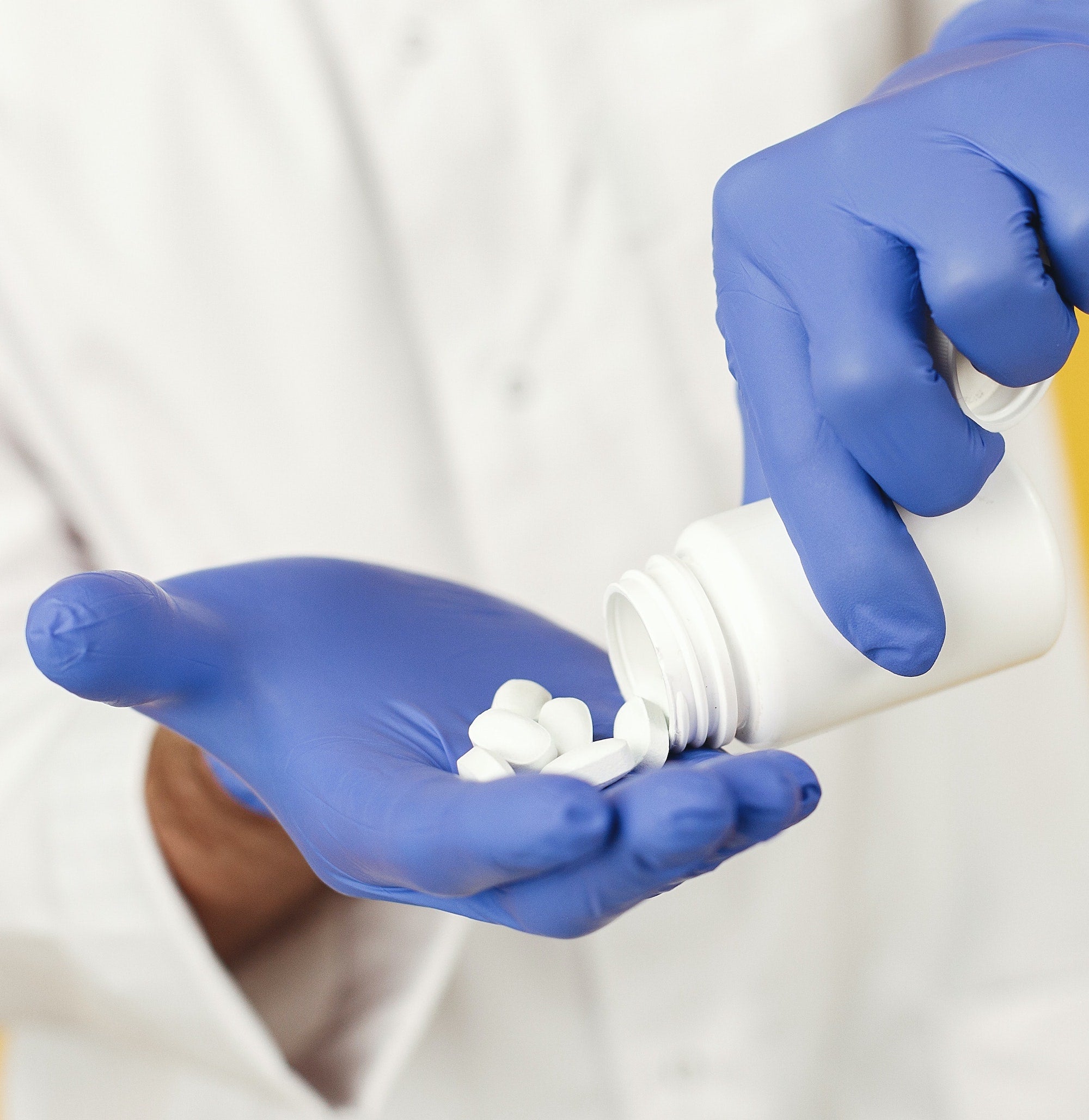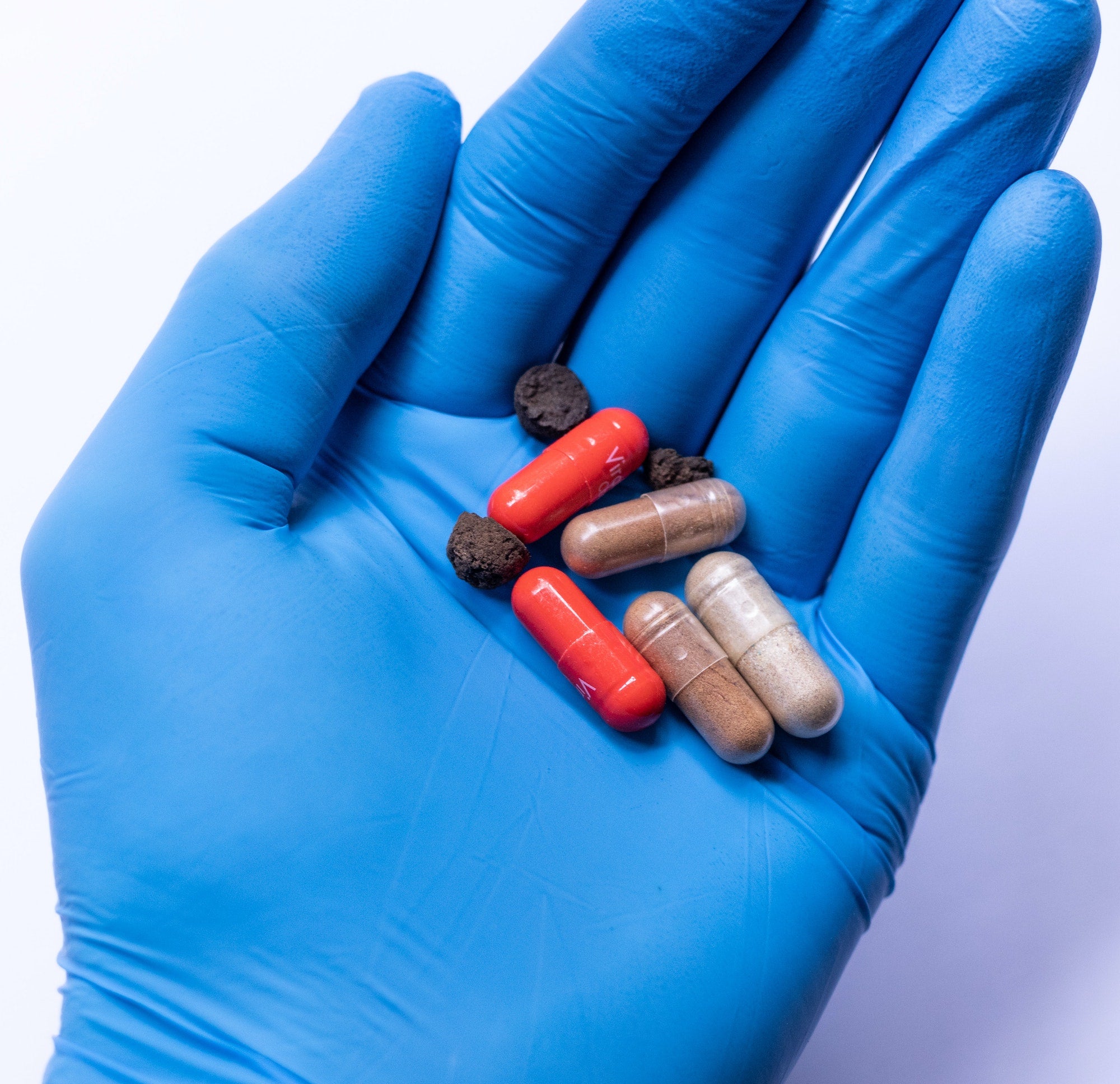
Benefits of UV-VIS Spectroscopy
In the past century, the general population has moved from self-sustaining lifestyles to manufacturing and desk jobs. A century ago, the bulk of nutrition my ancestors consumed came from the plants and animals they had on their small farms. Today, few of their descendants own and operate farms.
And instead of producing a variety of food, those who own farms focus on a few crops and choose to purchase most of the food they eat. The production, harvesting, storage, preservation, and nutritional content of food have drastically changed.
These shifts coupled with advances in biochemical knowledge have generated a vast market for functional foods and dietary supplements. To protect the public and promote educational consumption, the United States Pharmacopeial (USP) sets quality standards for medicines, foods, supplements, and cosmetics.
The US Food and Drug Administration (FDA) oversees the implementation and enforcement of set quality standards per the Food, Drug, and Cosmetic Act (FDCA). Today, packaged food, dietary supplements, and cosmetics must be tested and comply with standards for strength, quality, purity, labeling, and packaging.
Testing ensures safety but adds costs to product development and manufacturing. Ultraviolet-Visible (UV-Vis) Spectroscopy provides a quick, cost-effective solution.
History of Spectroscopy
The development of ultraviolet light spectrometry in 1940 was heralded as “probably the most important instrument ever developed towards the advancement of bioscience.” - Bruce Merrifield, 1984 Chemistry Nobel Prize Recipient.
Before 1940, scientists understood the role of nutrition in overall wellbeing and health, but the chemical analysis of individual components was not credibly accurate and could take weeks to acquire. Building on the premise that every chemical element and molecule manifests its own spectra of light (absorbs light at a specific wavelength), scientist Arnold Beckman and associates created the first ultraviolet light spectrometer using a quartz prism. In the early 1940s, the use of Beckman spectrometers made it possible to obtain accurate nutritional analysis within minutes instead of weeks.
How UV-Vis Spectroscopy Works
UV-Vis spectroscopy employs the use of the ultraviolet and visible ranges (roughly 200-800 nm) of the electromagnetic spectrum. A UV-Vis spectrophotometer directs an ultraviolet light source (wavelength range 190-380 nm) and a visible light source (380-750 nm) at a prism. The prism splits the lights into their associated wavelengths of light.
A beam splitter splits each wavelength into two beams and passes it through a reference cell and a sample cell. Detecting transmitted light through the reference cell and comparing it to the sample cell reduces interference to improve quantitative analysis.
In their ground (or stable) state, molecules contain the least amount of energy. Molecules absorb energy from specific wavelengths to jump them to an excited state by bouncing their electrons to higher molecular orbitals.
UV-Vis spectroscopy capitalizes on known characteristics. A given molecule always responds (or absorbs energy) the same way when a wavelength is passed through it. UV-Vis spectroscopy measures the percent of light reaching the detector. This percent is defined as the percent transmitted through the sample.
The percent of light transmitted through the sample is logarithmically related to the concentration of the sample. The energy lost in transmission is absorbed by the molecule. The Beer-Lambert Law allows us to make the relationship between the absorption rate and the concentration linear for ease of identification and comparison. Standards for known molecules provide a reference base for quantifying molecules in unknown samples.
Most samples contain more than one type of molecule at different concentrations. And different molecules may absorb energy from the same wavelengths. Therefore, to compare the spectra of compounds in a meaningful way, it is necessary to determine the molar absorptivity. Molar absorptivity (ε) is a coefficient determined based on the light absorbance (A) divided by the sample concentration (c) times the path length (l) of the sample cell.
ε=A/(c・l)
UV-Vis spectroscopy is a proven scientific method to identify and quantify nutrients in raw materials and final products. Interferences from environmental background noise and molecules with similar wavelength absorption are well accounted for.
CTLA has recently developed testing to identify and quantify different B12 vitamins, including methylcobalamin via UV-Vis. The absorbance spectra and corresponding peaks arise from specific chemical bonds in the structure. The wavelengths of light that a chemical absorbs correspond directly with specific bond lengths within the molecule. This is how UV-Vis identifies and correlates different spectra with different chemicals.
For example, methylcobalamin’s UV-Vis chemical standard spectra are matched graphically to a product sample, identifying it contains methylcobalamin. Constructing a calibration curve at the peaks of interest (highlighted in the figure) quantifies how much methylcobalamin is contained in the product sample. This estimates the purity of methylcobalamin and confirms it is within specification.
UV-Vis In Conjunction with HPLC Testing
UV-Vis spectroscopy is a valid stand-alone means to determine and quantify nutrients and other components. In some instances, USP standards specify UV-Vis testing.
Further interferences are decreased to improve detection levels when a UV-Vis detector is used with high-performance liquid chromatography (HPLC) testing.
CTLA Testing Services
CTLA is a full-service laboratory. We specialize in meeting testing regulatory requirements for dietary supplements, food products, and cosmetics. CTLA offers identity, purity, quality, concentration, and composition testing with the quickest turnaround times and cost-effective methods.
CTLA is ISO/IEC 17025:2017 accredited. In addition, we have streamlined processes in place to meet the requirements for dietary supplements and products to be listed on Amazon.com.
Put our services to work for your product today. Save time and money with convenient and appropriate testing. We are open, honest, and love to answer questions with patience and respect. Call CTLA today.

Article by Jae O. Haroldsen
The content of CTLA’s website is for information only, not advice or guarantee of outcome. Information is gathered and shared from reputable sources; however, CTLA is not responsible for errors or omissions in reporting or explanation. CTLA gives no assurance or warranty regarding the accuracy, timeliness or applicability of the content.
Sources:
“FAQs: USP and its Standards.” United States Pharmacopeial. https://www.usp.org/frequently-asked-questions/usp-and-its-standards
Simoni, Robert D et al. “A Classic Instrument: The Beckman DU Spectrometer and Its Inventor, Arnold O. Beckman.” Journal of Biological Chemistry. 2003. https://www.jbc.org/article/S0021-9258(20)75750-9/fulltext
P, Christy. “The History of Spectrophotometry.” Sciencing. 2017. https://sciencing.com/history-spectrophotometry-6595173.html
Reusch, William. “UV-Visible Spectroscopy.” Chemistry: Michigan State University. 2013. https://www2.chemistry.msu.edu/faculty/reusch/virttxtjml/spectrpy/uv-vis/spectrum.htm
Dong, Michael W. and Wysocki, Jedrzej. “Ultraviolet Detectors: Perspectives, Principals, and Practices.” LCGC North America. 2019. https://www.chromatographyonline.com/view/ultraviolet-detectors-perspectives-principles-and-practices
Davis. “How a Simple UV-visible Spectrophotometer Works.” ChemSurvival.com. 2014. https://www.youtube.com/watch?v=wxrAELeXle
“High Performance Liquid Chromatography HPLC-UV-VIS Detector Animation.” Biology with Animations. 2019. https://www.youtube.com/watch?v=eCj0cRtJvJg
https://www.hitachi-hightech.com/global/products/science/tech/ana/lc/basic/course7.html







